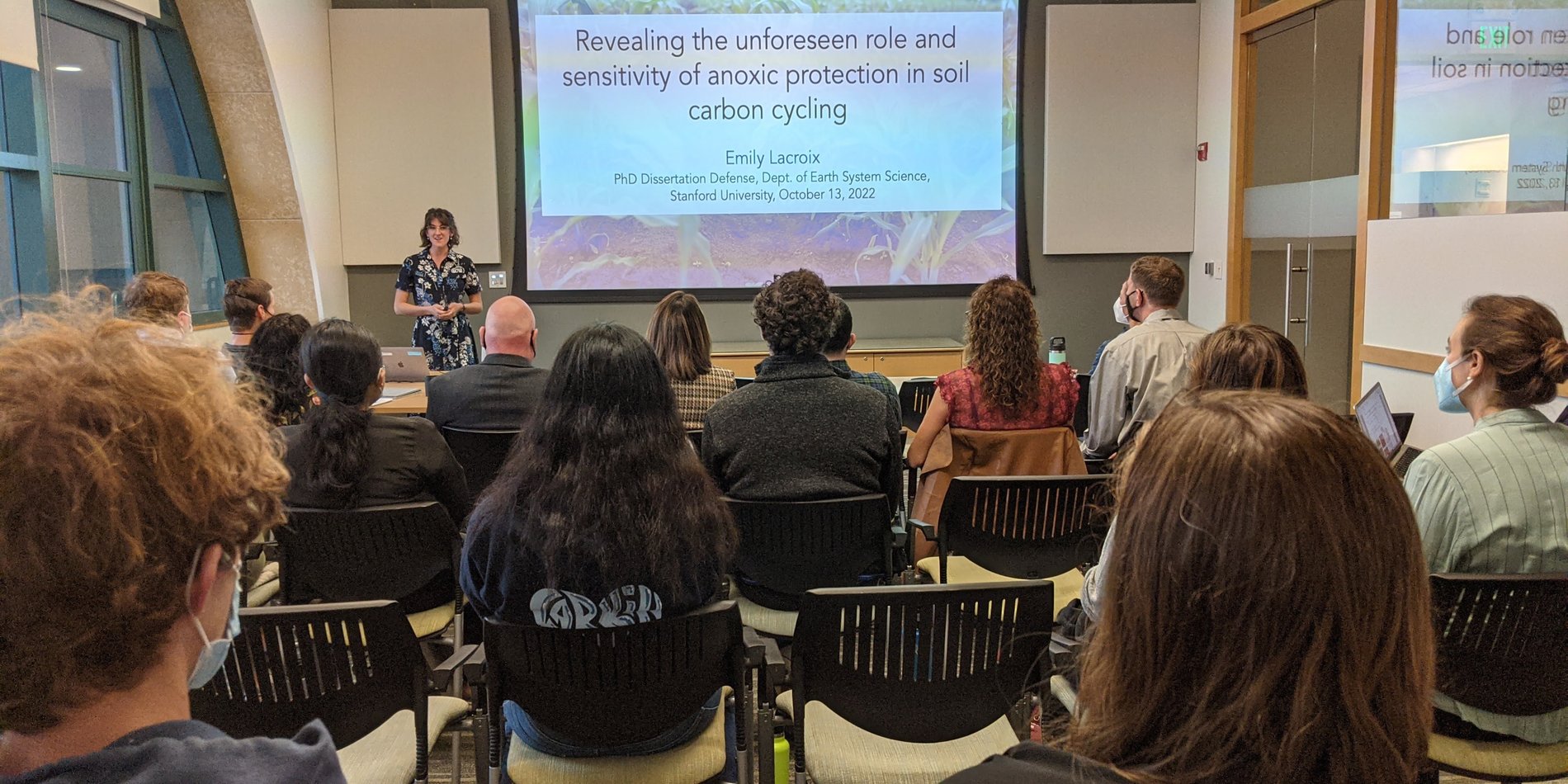New Publication: The effect of porewater ionic composition on arsenate adsorption to clay minerals
Abstract:
Sarah Fakhreddine and Scott Fendorf
Adsorption of arsenate on clay minerals can control the partitioning and mobility of arsenic and subsequent contamination of groundwater. While the effect of ionic strength on arsenic adsorption to phyllosilicate minerals has been evaluated for various clay minerals, the specific ionic composition of the surrounding porewater can play a critical role in promoting adsorption (or desorption) of arsenate (HxAsO4x-4). We conducted a series of adsorption isotherms to evaluate the adsorption of arsenate to various phyllosilicates in the presence of monovalent (K+), divalent (Mg2+, Ca2+), and trivalent (La3+) cations while maintaining constant ionic strength and pH. Adsorption isotherms were combined with surface complexation modeling to examine retention processes of arsenate as a function of ionic composition in the surrounding solution. The higher charge density of greater valent cations results in stronger outer-sphere bridging complexes between negatively charged phyllosilicate mineral surfaces and negatively charged arsenate oxyanions. Higher valent cations thus enhance the propensity for arsenate adsorption on phyllosilicate minerals. We further deciphered surface complexation processes by conducting adsorption isotherms on various clay minerals including smectite, illite, and pyrophyllite to evaluate the role of interlayer, permanent charge, and terminal edge sites. We conclude that arsenate is most likely retained largely on the planar surface where structural negative charge emanates allowing cation bridging complexes to develop. Our findings illustrate that clay mineralogy of soils and sediments can combine with porewater ionic composition (and specifically the proportion of divalent cations) to describe arsenic transport, particularly in iron- or aluminum-oxide poor systems.


